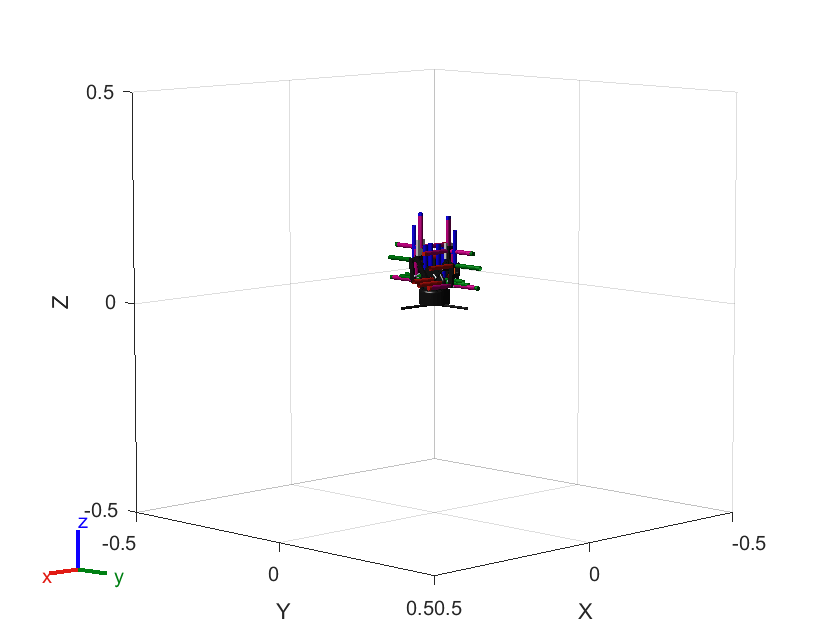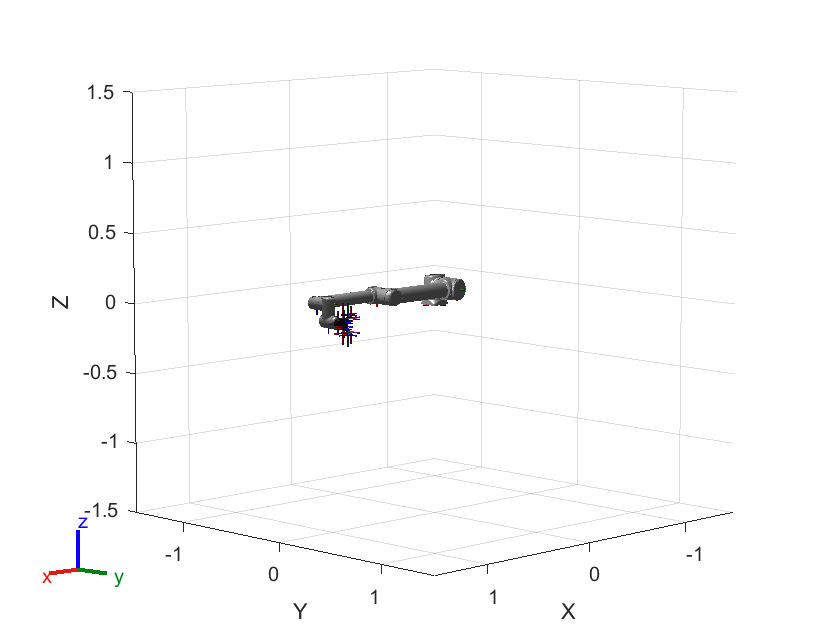exportrobot
Description
exportrobot( writes the unified robot
description format (URDF) details in file format by parsing the robotRBT)rigidBodyTree object robotRBT. For more information about
the rigid body tree robot model, see Rigid Body Tree Robot Model.
exportrobot(___,
specifies options using one or more name-value arguments in addition to the input argument
from the previous syntax.Name=Value)
Examples
Input Arguments
Name-Value Arguments
Version History
Introduced in R2023b


